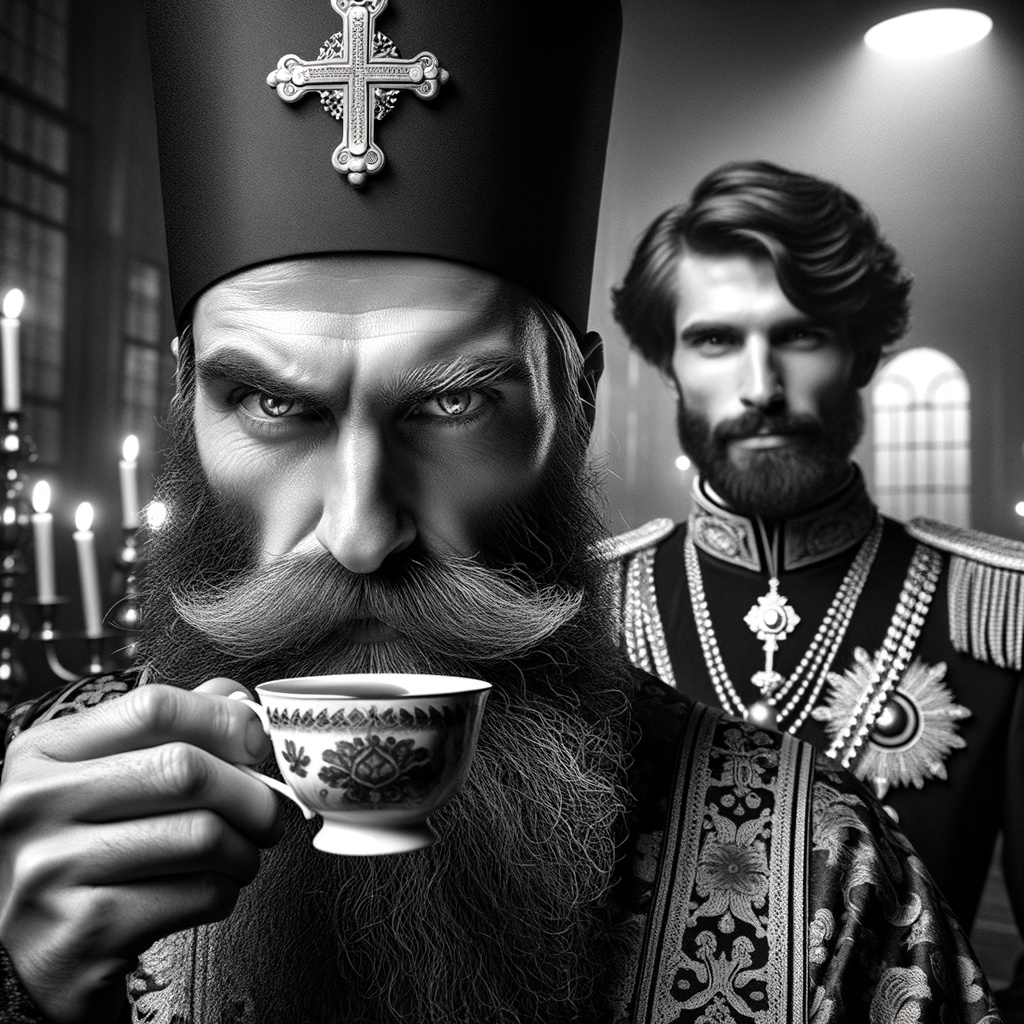
America had its revolutionary war in the 18th century – at the same time as the French Revolution. But a hundred years before, England had a war that pitched defenders of parliamentary democracy – Roundheads – against defenders of absolute monarchy – the Royalists.
The issues were not entirely dissimilar to what would be played out in the new United States in the future. If you want – the English Civil War between Roundheads and Royalists was a dress rehearsal for George Washington versus King George III.
Roundheads against Royalists – whose side to pick?
BBC Four is broadcasting a new series titled Charles I: Downfall of a King telling the gripping of how a divinely anointed king of England in the 17th century was toppled and eventually executed by beheading in front of a London crowd.
His overthrow was the result of a civil war that divided England, Scotland, Wales and Ireland into two camps: Roundheads who opposed the king and Royalists who fought for him.
Which rather begs the question – which side would any of us have been on?
Royalists or Roundheads then?
Watching the programme last night, I found my inner Roundhead stirring. Here was a pint-sized monarch painted to look like a victorious giant with a decidedly mean streak when it came to his own subjects.
In one letter read out on the programme, he cheerfully orders troops to go and shoot at those who dared to question his divine right to rule.
And let’s be clear, since Magna Carta was signed over four hundred years earlier, kings and queens had been forced to take on board the views of the aristocracy, clergy and wealthier citizens as opposed to ruling like an all-powerful pharaoh.
That was something French kings did – exercising absolute power and accountable to nobody.
READ MORE: Ten weird facts about Hitler
How power mad monarchs provoked Roundheads to fight Royalists
But Charles and his father James I had sought to enforce the notion of ruling by “divine right” – that is they were not monarchs because of human decisions but because God had chosen them to rule. England’s parliament was justifiably angered by such a notion.
But so too were religious dissenters who opposed Charles trying to enforce one version of Christianity on the whole kingdom.
Scotland rose in revolt when Charles tried to impose his authorised prayer book and Anglican bishops. There was a strong suspicion among puritanical Protestants that Charles was seeking to create the kind of Catholic influenced monarchy you could see across Europe with its accompanying Inquisition and blind obedience to the pope.
Patriotic Roundheads and treacherous Royalists
This suspicion was fuelled by the fact that Charles was married to a French woman, Henrietta Maria. And she was undoubtedly of the view that her husband should clamp down on both political and religious opposition.
England had experienced a Reformation a hundred years before to throw out the pope, monks and friars – and there was no appetite to turn the clock back. Charles was swimming against the tide of progress and reform. Once defeated at the end of the civil war, he resorted to petty scheming and plotting, even with foreign powers, to get his untrammelled power back.
FIND OUT MORE: The maddest rulers in history
Cromwell and his Roundheads vanquish the Royalists
Once Charles was deposed and then beheaded, Oliver Cromwell became Lord Protector of the Commonwealth – an early experiment in republican rule. He’s been reviled and demonised by royalists ever since. In fact, Cromwell’s reputation is far worse now than it was under the Victorians a hundred years ago – who regarded him as a champion of parliamentary democracy and the rule of law.
But Cromwell was everything that Charles wasn’t. A solid Englishman from the shires who inspired others by his leadership and rejected royal pomp and extravagance. When he was painted, the Lord Protector ordered that the painter depict him “warts and all”. Unlike Charles who was made to look gigantic and his wife Henrietta Maria whose teeth were apparently like “bullwarks” but appears to us as a rare beauty.
I’d be interested to know whether you see yourself as a Roundhead or a Cavalier…











